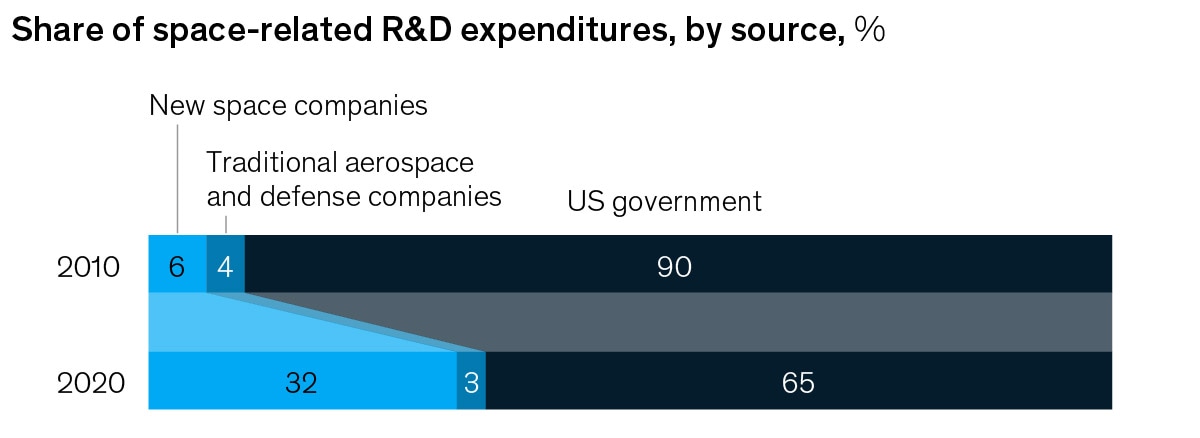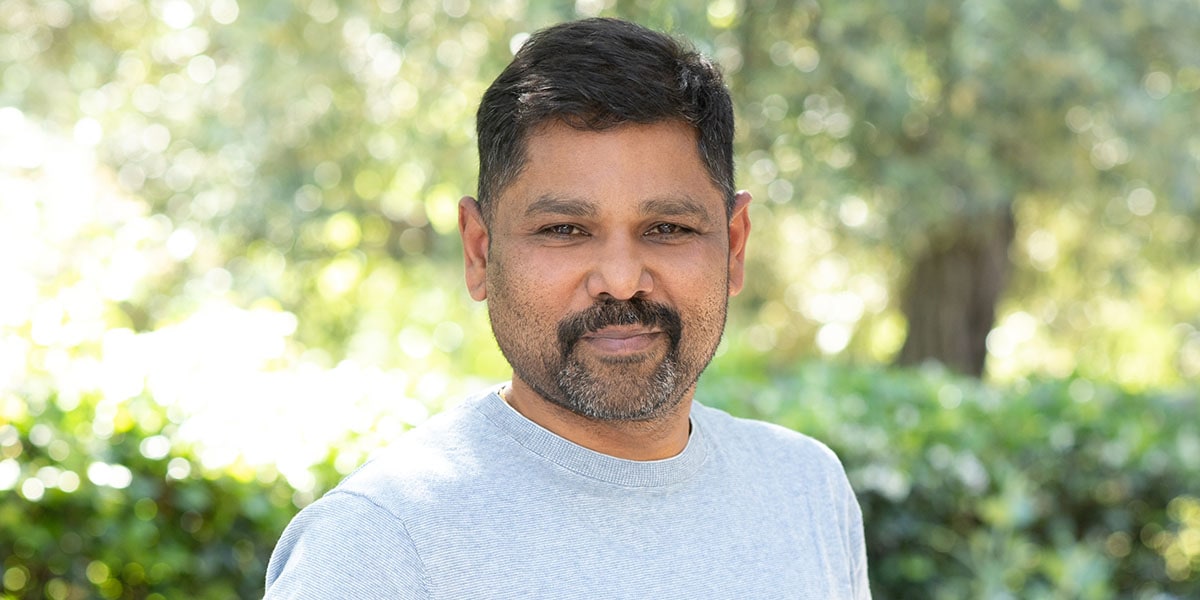| Our best ideas, quick and curated | June 24, 2022
|
| Out of many, one . . . digital nation? The United States has allocated massive funding to fix the digital divide. This week, we look at how that might happen. Plus, how to build a global tech unicorn, and what has changed—and what hasn’t—in the 20 years since the launch of McKinsey on Finance. |
|
|
|
| Logging on. Twenty-four million Americans lack access to high-speed internet, and the service is beyond the reach of many more because it is too expensive or because they lack digital literacy. US policy makers have long talked about the need to close the nation’s digital divide—and now they have made a concrete move to do so. |
| Funding in. Congress has appropriated more than $100 billion to help states bring high-speed-internet access to every American household, as part of the Bipartisan Infrastructure Law and the American Rescue Plan Act. This funding is one of the largest public investments in connectivity since the creation of the Interstate Highway System in 1956. Success could spur innovation and create jobs, but whether states have the administrative and planning capacity to take full advantage of the opportunity is unclear. |
| Who’s in charge? Many states don’t have a dedicated broadband team. And if they do, it is often tucked inside another agency or staffed by a third party. Yet states are expected to administer federal broadband funds on tight timetables, across multiple agencies and levels of government, and with deep involvement from private-sector internet service providers. |
| First steps. To get off on the right foot when developing their broadband programs, states can take several steps. First and foremost, they can create a well-staffed broadband program office whose first task is to assess the current state of connectivity. The office should outline its strategic goals, including how to prioritize deployment, equity, and affordability and how it will translate those objectives into specific plans for each federal program. Engaging key stakeholders, including public and private entities, nonprofits, and communities, could create valuable buy-in and build support. |
| Impact officers. As states develop and launch requests for proposals and programs, they may want to consider how they will monitor progress once those grants are awarded. For example, they could institute tracking and reporting requirements to ensure that goals are being met, while avoiding waste, fraud, and abuse of taxpayer funds. Some states have appointed infrastructure coordinators to help direct funding to set priorities and allocate resources effectively. |
| If states don’t adequately dedicate resources to their broadband program efforts, they could fail to secure all the funding they deserve or make the most of the money they receive. The stakes are high: with more than $100 billion in federal funding allocated, states could realize the goal of near-universal broadband access and launch the United States on a more innovative, equitable, and prosperous path. |
|
|

|
| OFF THE CHARTS |
| Celestial ambitions |
| Space tourism is just the start. Future forays into space could expand from a “space for Earth” economy to a “space for space” economy. Private space funding has shifted to satellite-related and other ventures in the low-Earth orbit. The next shift may be “lunar and beyond” initiatives, with applications in propulsion, mining, and robotics. Who is funding these celestial ambitions? Over the past five years, commercial R&D spending within the space sector has risen by 22 percent annually, while the share of US government funding has declined rapidly since 2010.
|
|
|
|
|

|
|
|
| INTERVIEW |
| Building a global tech unicorn |
| India boasts the third-largest start-up ecosystem in the world after the United States and China, with an estimated 60,000 start-ups, including 90 unicorns, in 2021. Freshworks, a software-as-a-service (SaaS) company that got its start in India and is now headquartered in San Mateo, California, has become the poster child for this thriving ecosystem. Its Nasdaq IPO—which reached a $10 billion valuation—made it the first India-born SaaS firm to trade on a US exchange. In a recent interview, Girish Mathrubootham, Freshworks’ CEO and cofounder, talks about the company’s journey and why he thinks this is the decade for India as a product nation. He also discusses what Indian and Western start-ups can learn from each other. |
|
|

|
| MORE ON MCKINSEY.COM |
| Human capital at work: The value of experience | Skills acquired or used through work experience contribute a huge portion of people’s total wealth through their lifetimes. Yet not all companies are good at developing their people. Here’s how that can change.
|
| Getting strategy wrong—and how to do it right instead | Richard P. Rumelt, professor emeritus at UCLA Anderson School of Management, says that strategies are often a toxic mix of wishful thinking and incoherent policies. He believes that companies should understand the nature of a challenge before setting goals to correct it. |
| The green business-building opportunity | Surging demand for zero-carbon technologies, materials, and services gives companies opportunities to build new green businesses. Leaders that move quickly could see exponential growth. |
|

|
|
|
| WHAT WE’RE DOING |
| 20 years of McKinsey on Finance |
| McKinsey on Finance’s first issue came out in summer 2001, when companies were still reeling from the dot-com crash—and only a few weeks before the world-shattering events of 9/11. In the decades since, readers have witnessed wars, financial crises, a global pandemic, a substantial decline in trust for some major institutions, and a heightened urgency about existential climate change. They have seen technological advances on an almost incomprehensible scale, millions of people lifted out of poverty, the dramatic rise of Asia, and stunning medical breakthroughs. |
| What will the next 20 years bring? We don’t have a crystal ball. But we do have a compass: long-term value creation. We’ve studied, been challenged about, sharpened our thinking on, and ultimately reinforced our appreciation of core economic and financial principles, particularly as they apply through very uncertain times. It would be simplistic to say that enormous challenges lie before us, even when those challenges include developing innovation from within, comprehending new ideas, and navigating businesses through existential climate change. It is more correct to recognize that those challenges are already here. In this article, we look back at the past two decades and look forward to three challenges ahead.
|
|
| — Edited by Barbara Tierney |
|
|
Share this What We’re Doing
|

|

|

|
|
|
|
|
| BACKTALK |
| Have feedback or other ideas? We’d love to hear from you. |
|
 |
|
|
Did you enjoy this newsletter? Forward it to colleagues and friends so they can subscribe too.
Was this issue forwarded to you? Sign up for it and sample our 40+ other free email subscriptions here.
|
|
|
This email contains information about McKinsey’s research, insights, services, or events. By opening our emails or clicking on links, you agree to our use of cookies and web tracking technology. For more information on how we use and protect your information, please review our privacy policy.
|
|
You received this email because you subscribed to The Shortlist newsletter.
|
|
|
|
Copyright © 2022 | McKinsey & Company, 3 World Trade Center, 175 Greenwich Street, New York, NY 10007
|
|
|
|





